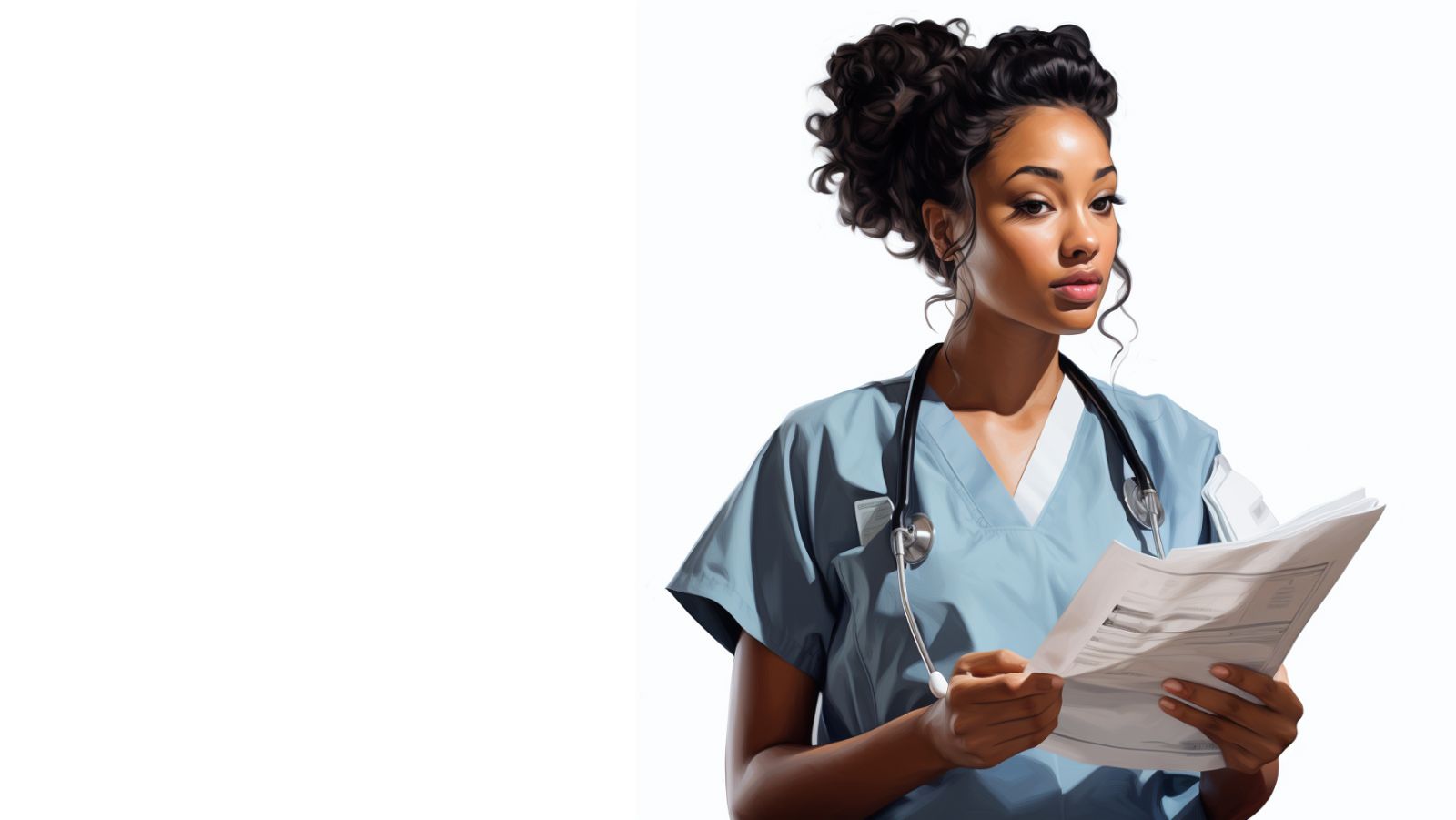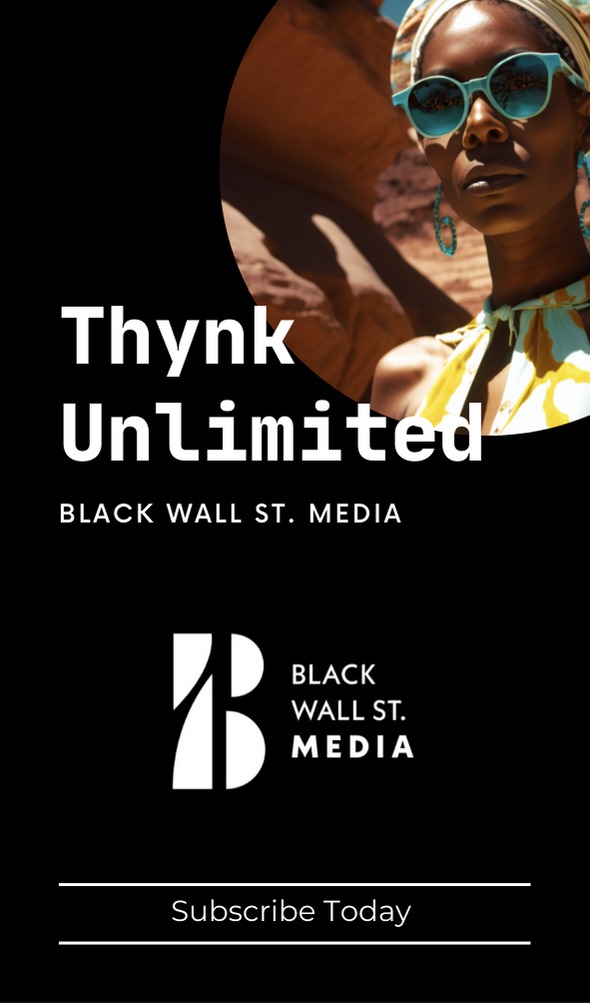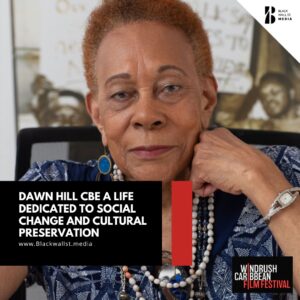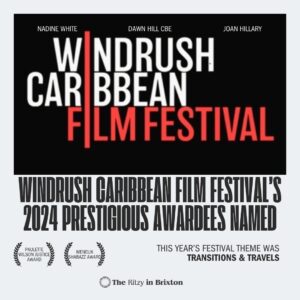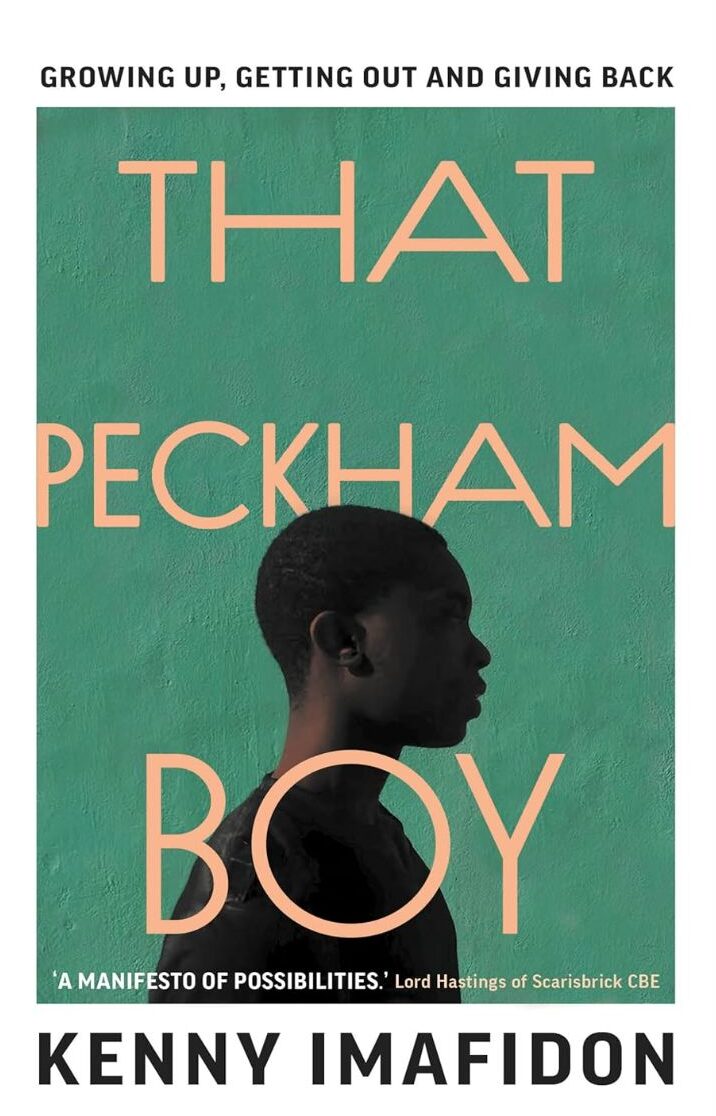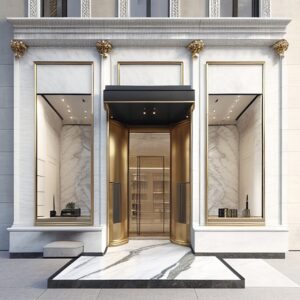Health
TikTok’s Medical Mythbuster on using social media to fight health inequities
“”
By Joel BervellContributor

Medical student Joel Bervell shares how he got 140 million views on TikTok, as well as the attention of the White House and Oprah Winfrey.
And he tells how other health professionals can become social media influencers too.
In January 2021, Kwame [not his real name] was diagnosed with COVID-19, just like many other people. Within a few days, his condition worsened significantly: His fever continued to rise, he experienced increasing shortness of breath, and his muscles ached persistently.
So, I took to using TikTok and Instagram to educate audiences about systemic racism and the racial disparities that I had seen in medicine.
My goal was to discuss health disparities in an easily digestible way, bust medical myths, and tell the untold stories of race in medicine.
Battling health inequities via social media
The video that Kwame saw became an instant success, receiving half a million views and thousands of comments in 24 hours. Not long after, I was invited to speak at the Food and Drug Administration about biases in health care that I had witnessed as a medical student.
In another video, I discussed the implications of using race-based algorithms to diagnose disease. For example, in the United States, an equation called the eGFR (estimated glomerular filtration rate) measures how well an individual’s kidneys are working. A low eGFR signals to physicians that your kidneys aren’t working properly, and it is used to determine whether a patient might benefit from dialysis or a kidney transplant.
For Black patients, however, a multiplier has systematically been added to the eGFR, raising that number and therefore making it less likely that physicians recommend certain treatments for them.
One study estimated that without the adjustment for race, 3.3 million more Black Americans would have been diagnosed with a later stage of chronic kidney disease. And the reason the equation existed was a racist assumption that Black people have more muscle mass than people of other races. A new equation wasn’t created until 2021.
In my medical school dermatology unit, I rarely saw my own skin tone represented, so I created videos showing how dermatological conditions look on darker skin.
Before I knew it, my inbox was flooded with people saying this was the first time they had seen their own dermatological condition represented on darker people. This disparity isn’t surprising, given that a 2020 analysis of medical school textbooks reported that the percentage of images of dark skin ranged from just 4% to 18%.
After viewing my video about a rare type of melanoma that is more common in people of African and Asian ancestry, acral lentiginous melanoma, a follower let me know that it caused them to get their own strange mole biopsied. The mole turned out to be precancerous, and they had it treated immediately.
Each of these and my other videos has received millions of views and thousands of comments.
It has been both humbling and empowering to know that my mission to unveil racial disparities is working well.
It’s led me to serve as the youngest member of the White House Healthcare Leaders in Social Media Roundtable, work alongside the Surgeon General’s office on physician burnout and the youth mental health crisis, and speak on such prominent platforms as Good Morning America. I even received a personal message from Oprah!
But what has meant the most to me are the hundreds of stories I have heard from individuals who prove that when patients have access to clear, evidence-based research about how disparities can impact their health, it can bridge the gap between patient and provider and lead to better, more equitable care.
Succeeding on social
Social media has revolutionized how patients relate to their health, providing platforms for individuals to become informed, engaged, and empowered — and ultimately leading to better health outcomes.
Research shows that 1 in 10 patients get their health information online. That means physicians need to have a presence online as well.
And there’s no end to the type of content that providers can make. If you’re an OB/GYN, sharing the impact of access to prenatal care on birth-related inequities would be incredibly useful for both medical students and patients.
If you’re an emergency medicine or primary care doctor, you could discuss the increased health risks that individuals who are unhoused face. Medical students can highlight health disparities that we notice as we progress through our medical school curricula.
Research shows that 1 in 10 patients get their health information online. That means physicians must have a presence online as well.
However, doctors often feel ill prepared to figure out what and how to post on social media.
One of the suggestions I offer physicians is to think about the most common questions they receive from patients every day. Did a patient ask you about the safety of vaccines?
Or what a diagnosis of diabetes means for their daily life? Did you help a patient understand the long-term impacts of high blood pressure? The answer to each of these questions is a potential video that can educate a broader audience with accurate, evidence-based information.
When creating content on social media, it’s important to remember to avoid jargon. In medicine, we can suffer from the “curse of knowledge,” the tendency to assume that others have the same background information we have.
Instead of saying “myocardial infarction,” call it a heart attack. Instead of “myalgia,” say muscle pain. Otherwise, you risk confusing members of your audience or making them feel excluded.
To succeed, it also takes an understanding of the social media landscape and the ever-elusive algorithms that determine what content makes it into users’ feeds. On TikTok, short-form video is the most popular, so if you prefer to talk in short sound bites and like showing visuals, then TikTok is a great platform for you.
If you enjoy writing, Twitter rewards that, and is the perfect medium to begin briefly describing medical cases. Instagram pushes a mix of short videos and static images, providing an opportunity to demonstrate the day-to-day of your life in medicine in engaging ways. Any content you create can be repurposed, reused, and reposted repeatedly to reach new, broader audiences.
And while the future of many of these social media sites is uncertain (take, for example, the recent discussions of banning TikTok in the United States), what is sure not to change is that patients will continue getting their health care information online.
Health care providers need to step up and lead the conversations about medicine on social media. If we don’t, others will jump into the gap and may do so in ways that don’t serve patients. When we do, medical professionals can dispel inaccuracies, provide evidence-based information, and help patients better advocate for themselves.
As physicians we all have the power to be medical mythbusters and to mend the disparities in care that impact the most marginalized communities. Imagine how much we can accomplish collectively if more of us do this work. It just takes the courage to click “post.”

